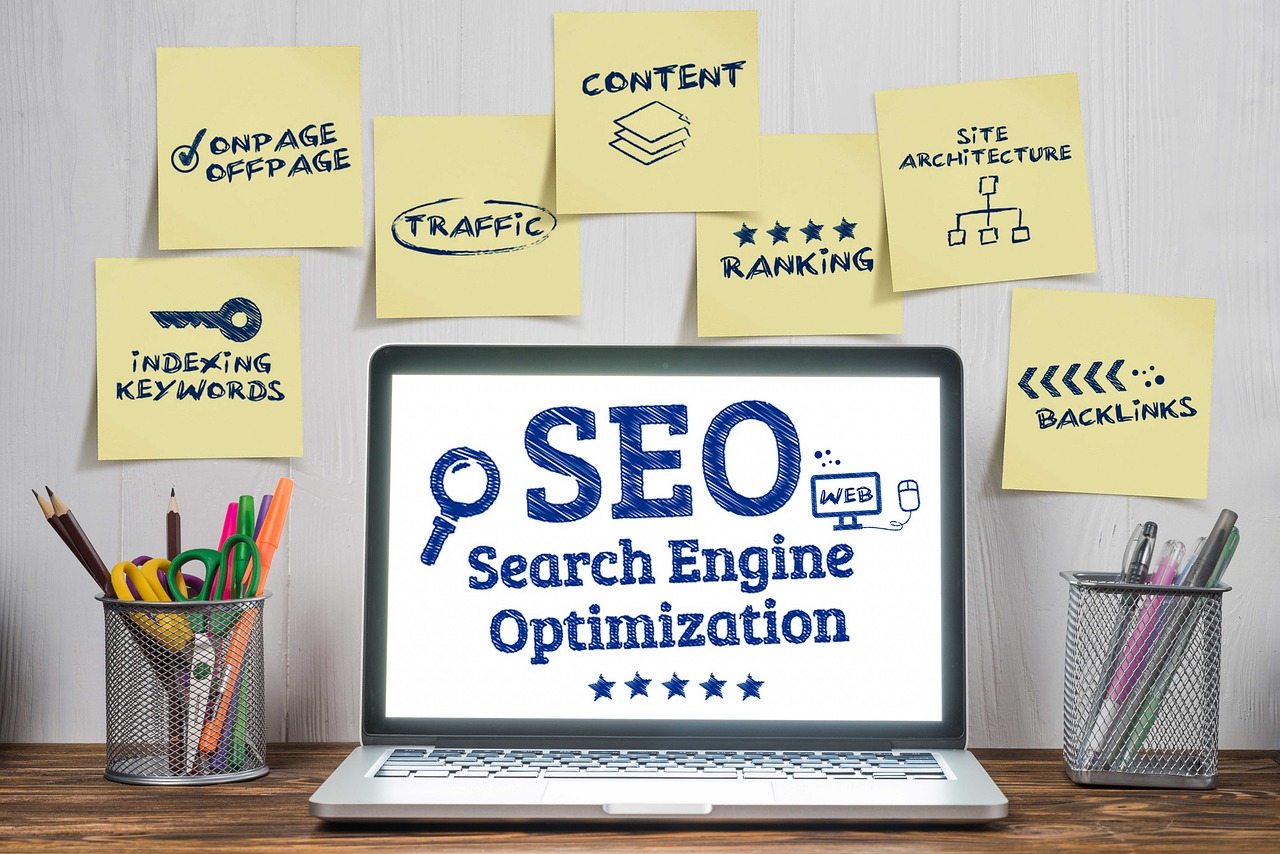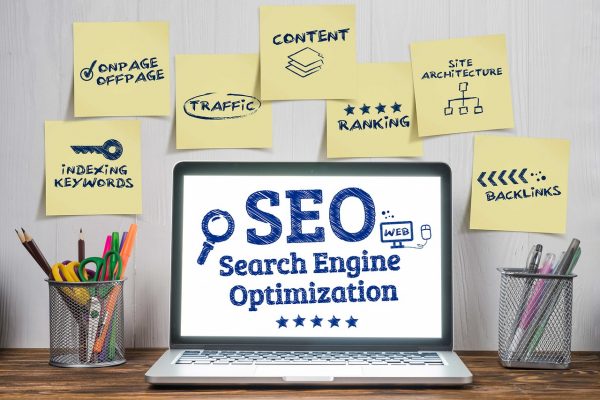

Generative Engine Optimisation (GEO): How to Optimise for AI Search in 2025
If you’ve recently noticed your content being referenced in places you never expected. Such as AI Overviews, ChatGPT, or even voice assistants. You’re not alone. Search as we’ve known it is morphing rapidly, transforming from lists of blue links to direct answers and deep conversational engagement. This dramatic shift has given rise to a new discipline: Generative Engine Optimisation (GEO).
Many content creators and marketers find themselves asking, “How do I stay visible in a world dominated by AI search?” The answer starts with understanding what GEO is and how it’s revolutionizing digital visibility.
What is Generative Engine Optimisation?
Generative Engine Optimisation is the practice of ensuring your content is discoverable, cited, and accurately represented by large language models (LLMs) and AI-powered search platforms. Traditional SEO focused on ranking in organic search results by targeting keywords and building backlinks. GEO, on the other hand, is about shaping how your information appears when AI generates answers directly for users.
While traditional SEO strategies aim for clicks, GEO aims for citations, brand mentions, and authority within AI-powered interfaces. Generative engines prioritize content that is not only relevant but also structured, clearly attributed, and information-dense. Qualities that help ensure your expertise is surfaced in generative summaries and conversational responses.
If you’re relying solely on classic SEO tactics, you may be missing out on a growing share of search-driven traffic and brand exposure.
How Does GEO Differ From Traditional SEO?
It’s tempting to think of GEO as just another buzzword, but the distinctions run deeper. Traditional SEO’s success is measured by rankings, impressions, and clicks from search engine results pages. GEO success, on the other hand, is measured by how often your content is referenced or cited in AI outputs.
Language models care less about keyword stuffing and more about clarity, accuracy, and overall authority. If your brand emerges as an authoritative source, you’ll find it referenced in generated answers, often without the need for a user to click through to your site.
GEO requires you to:
– Focus on information density rather than keyword density
– Structure content so it’s machine-readable and easy to cite
– Build trust signals and topical authority, which LLMs evaluate differently from search engines
In short, while modern SEO techniques are still essential, GEO is rapidly becoming the way forward for brands that want to stay relevant as AI changes how people find information.
Making Your Content LLM-Friendly
Large language models like ChatGPT, Claude, and Google’s AI Overviews pull from vast swathes of web data but tend to prioritize sources with organized, authoritative, and well-structured information. So how do you make sure your content isn’t just another drop in the digital ocean?
Start with transparency. Clearly state credentials, cite primary sources within your text, and showcase real experience. Use concise summaries, structured layouts such as bullet points and tables, and break your content into logical, easily digestible sections. Models are drawn to clarity and context; dense, meandering paragraphs often get ignored.
It also pays to:
– Incorporate FAQs and clear H2/H3 headings
– Answer complex questions in 30 to 60 words
– Use lists, data tables, and highlight key facts within the content
These practical adjustments can increase the likelihood of your content being quoted or referenced in AI summaries and conversations.
Structured Data, Feeds, and APIs: The Hidden Backbone of Modern GEO
If you’ve ever noticed how certain content repeatedly pops up in AI-powered snippets or answers, there’s a good chance structured data is playing a significant role. Adding schema markup. Such as JSON-LD or Microdata. Helps LLMs understand context and relationships within your content. This structured format allows AI to quickly identify what’s most relevant for a given query and improves your chances of being cited as a trusted authority.
Beyond schema, consider exposing your data to AI engines through up-to-date XML feeds or APIs. Product catalogs, event calendars, even research summaries can be made accessible in a way that LLMs prefer. These advanced technical SEO implementations are often invisible to users, but they form the backbone of GEO by feeding models with clear, reliable information ready for inclusion in their responses.
Brands that apply advanced structured data and maintain publicly accessible, regularly refreshed feeds tend to see increased AI-driven citations and brand mentions.
GEO Best Practices for AI Visibility
Optimizing for generative engines requires more than just technical tweaks. The content itself must anticipate the needs and logic of AI.
Here are some proven strategies:
- Lead with value: Open each section with a clear, direct answer. A model is more likely to cite content that provides a “bottom line up front.”
- Format for extraction: Use bold headings, short paragraphs, lists, and tables. Elements that are easy for machines to extract and repurpose.
- Build authority and trust: Include expert commentary, cite reputable sources, and reference your credentials. LLMs weigh trust signals heavily.
- Keep it current: Update pages regularly. AI models are biased toward fresh, up-to-date information and may reference stale content less or not at all.
- Encourage natural language: Write in ways that mimic the queries users might ask. Conversational keywords can nudge LLMs to perceive your page as the best answer for user intent.
In practice, these best practices blend technical expertise with a deep understanding of how generative engines think and operate.
Tracking Performance: Key GEO Metrics
When most of the action happens off your site. In conversations between users and AI. Traditional web analytics miss the mark. To gauge GEO performance in 2025, tune into metrics such as:
- AI citation frequency: How often is your brand or content mentioned within AI-generated answers?
- Chunk retrieval rate: Are specific sections of your content commonly being pulled by LLMs?
- AI attribution share: What percentage of your brand mentions comes from generative interfaces versus classic organic search?
- Visibility in AI panels/overviews: Track branded and topical queries to see where your content appears within AI features like Google’s Overviews, ChatGPT plugins, or Perplexity answers.
- Topic coverage: Measure your content’s presence across a range of related queries. Instead of focusing solely on a small set of target keywords.
For organizations serious about GEO, pairing these new metrics with evolving data pipelines is essential. The goal isn’t just vanity metrics, but understanding the true business impact of AI-driven exposure.
Why GEO Belongs in Your Strategy Today
Adapting to GEO isn’t just about chasing another trend; it’s about aligning with how information is presented and trusted by billions of users in AI-powered ecosystems. The brands that get cited, referenced, and attributed by LLMs will ultimately shape the answers people hear and see. Whether they ever visit a website or not. GEO is now a necessity for anyone serious about maintaining digital influence and presence.
Personal experience with clients reveals a clear trend: those who embrace GEO early become recurring brands in AI answers, leading to increased awareness, brand equity, and even higher conversion rates. Often in places old analytics would never track. This new era of optimization rewards those willing to think beyond the homepage and into the future of how information is delivered, discovered, and trusted.
Embrace GEO and create content that stands out not only for humans, but for the machines delivering tomorrow’s answers. Want to stay ahead? Start optimizing for generative engines now and secure your brand’s place at the forefront of digital discovery.
Frequently Asked Questions
What exactly is the difference between SEO and GEO?
GEO focuses on making your content visible and cited in AI-generated answers, while SEO primarily aims for better rankings and click-throughs in traditional search results. GEO requires structured, authoritative, and information-rich content ready to be referenced by AI, not just discovered by human users.
How do I know if my content is being referenced in AI-generated responses?
Some AI interfaces attribute content with brand names, titles, or direct links. Tools and analytics are emerging that track AI citation frequency, so you can measure how often your site or brand is mentioned in generative answers.
Are structured data and schema still important with AI-driven search?
Absolutely. Structured data helps LLMs understand your site’s context, making your content easier to extract, summarize, and accurately reference in AI responses.
How can I make my website more LLM-friendly?
Focus on clear, well-organized content with authoritative information. Use bullet points, tables, summaries, and clear section headings. Frequently update content to maintain freshness and relevance for AI engines.
Which GEO performance metrics should I prioritize?
Track AI citation rates, chunk retrieval frequency, AI attribution share, visibility in AI panels, and your topic coverage across relevant queries. These offer a much clearer picture of your digital presence in the new search landscape.







